 home / Insecta · vabzdžiai / Coleoptera · vabalai / Cetoniidae · auksavabaliai
home / Insecta · vabzdžiai / Coleoptera · vabalai / Cetoniidae · auksavabaliai
creation date / All / June

-
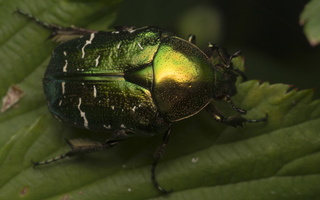 Cetonia aurata · paprastasis auksavabalis
Cetonia aurata · paprastasis auksavabalis
-
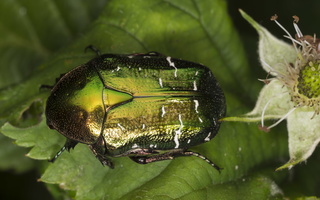 Cetonia aurata · paprastasis auksavabalis
Cetonia aurata · paprastasis auksavabalis
-
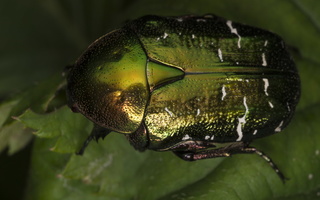 Cetonia aurata · paprastasis auksavabalis
Cetonia aurata · paprastasis auksavabalis
-
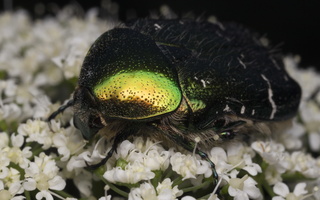 Cetonia aurata · paprastasis auksavabalis
Cetonia aurata · paprastasis auksavabalis
-
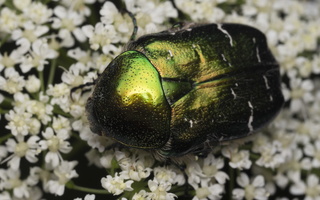 Cetonia aurata · paprastasis auksavabalis
Cetonia aurata · paprastasis auksavabalis
-
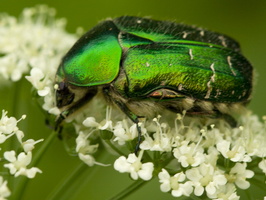 Cetonia aurata · paprastasis auksavabalis
Cetonia aurata · paprastasis auksavabalis
-
 Cetonia aurata · paprastasis auksavabalis
Cetonia aurata · paprastasis auksavabalis
-
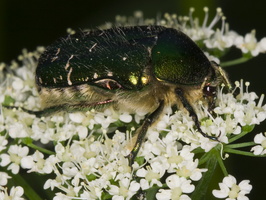 Cetonia aurata · paprastasis auksavabalis
Cetonia aurata · paprastasis auksavabalis
-
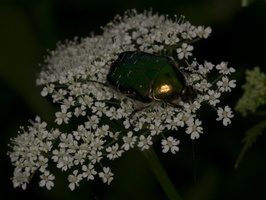 Cetonia aurata · paprastasis auksavabalis
Cetonia aurata · paprastasis auksavabalis
-
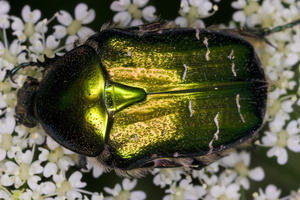 Cetonia aurata · paprastasis auksavabalis
Cetonia aurata · paprastasis auksavabalis
-
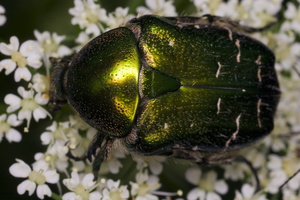 Cetonia aurata · paprastasis auksavabalis
Cetonia aurata · paprastasis auksavabalis
-
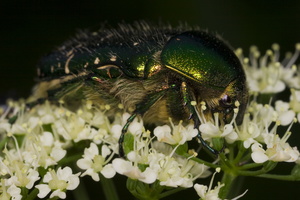 Cetonia aurata · paprastasis auksavabalis
Cetonia aurata · paprastasis auksavabalis
-
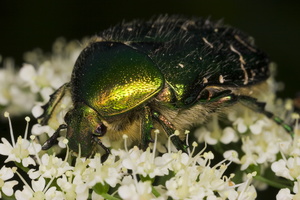 Cetonia aurata · paprastasis auksavabalis
Cetonia aurata · paprastasis auksavabalis
-
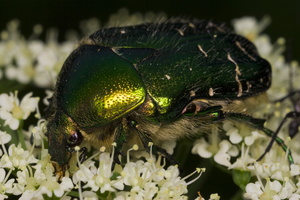 Cetonia aurata · paprastasis auksavabalis
Cetonia aurata · paprastasis auksavabalis
-
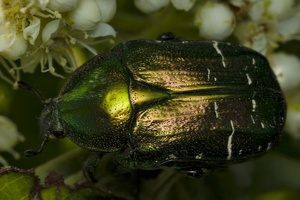 Cetonia aurata · paprastasis auksavabalis
Cetonia aurata · paprastasis auksavabalis
-
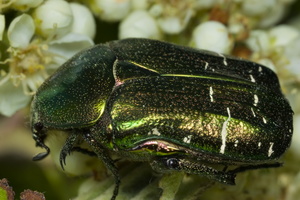 Cetonia aurata · paprastasis auksavabalis
Cetonia aurata · paprastasis auksavabalis
-
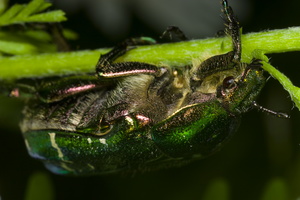 Cetonia aurata · paprastasis auksavabalis
Cetonia aurata · paprastasis auksavabalis
-
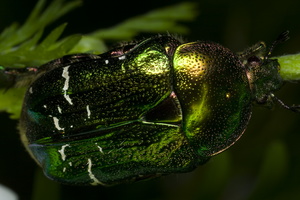 Cetonia aurata · paprastasis auksavabalis
Cetonia aurata · paprastasis auksavabalis
-
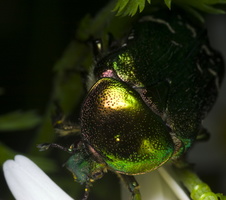 Cetonia aurata · paprastasis auksavabalis
Cetonia aurata · paprastasis auksavabalis
-
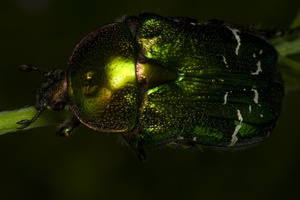 Cetonia aurata · paprastasis auksavabalis
Cetonia aurata · paprastasis auksavabalis
-
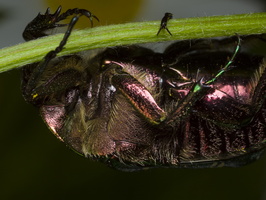 Cetonia aurata · paprastasis auksavabalis
Cetonia aurata · paprastasis auksavabalis
-
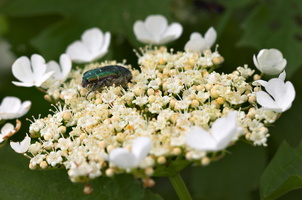 Cetonia aurata · paprastasis auksavabalis
Cetonia aurata · paprastasis auksavabalis
-
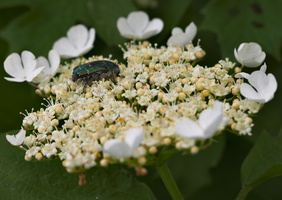 Cetonia aurata · paprastasis auksavabalis
Cetonia aurata · paprastasis auksavabalis
-
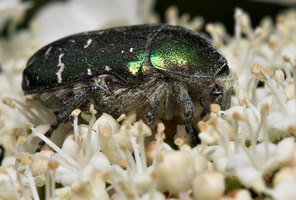 Cetonia aurata · paprastasis auksavabalis
Cetonia aurata · paprastasis auksavabalis
-
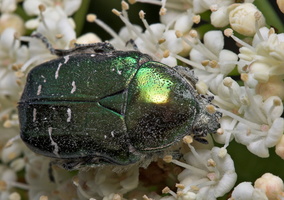 Cetonia aurata · paprastasis auksavabalis
Cetonia aurata · paprastasis auksavabalis
-
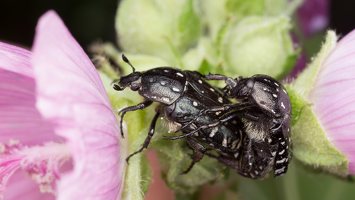 Oxythyrea funesta · kvapusis auksavabalis
Oxythyrea funesta · kvapusis auksavabalis
-
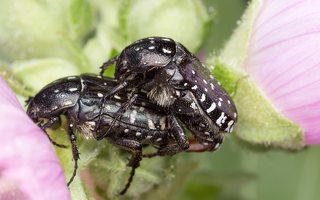 Oxythyrea funesta · kvapusis auksavabalis
Oxythyrea funesta · kvapusis auksavabalis
-
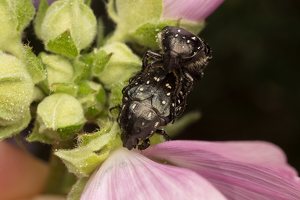 Oxythyrea funesta · kvapusis auksavabalis
Oxythyrea funesta · kvapusis auksavabalis
-
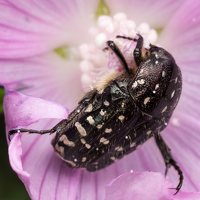 Oxythyrea funesta · kvapusis auksavabalis
Oxythyrea funesta · kvapusis auksavabalis
-
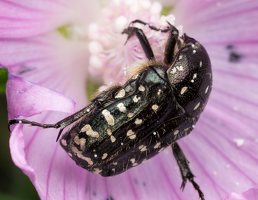 Oxythyrea funesta · kvapusis auksavabalis
Oxythyrea funesta · kvapusis auksavabalis
-
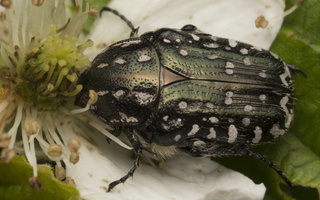 Oxythyrea funesta · kvapusis auksavabalis
Oxythyrea funesta · kvapusis auksavabalis
-
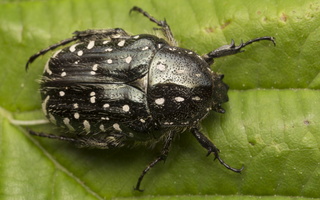 Oxythyrea funesta · kvapusis auksavabalis
Oxythyrea funesta · kvapusis auksavabalis
-
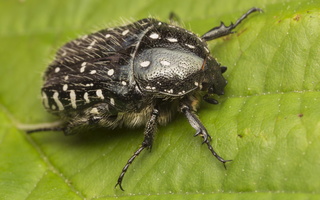 Oxythyrea funesta · kvapusis auksavabalis
Oxythyrea funesta · kvapusis auksavabalis
-
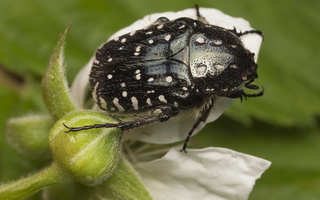 Oxythyrea funesta · kvapusis auksavabalis
Oxythyrea funesta · kvapusis auksavabalis
-
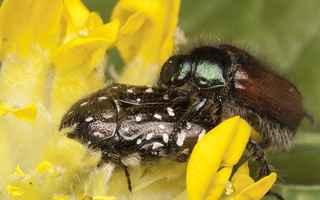 Oxythyrea funesta · kvapusis auksavabalis
Oxythyrea funesta · kvapusis auksavabalis
-
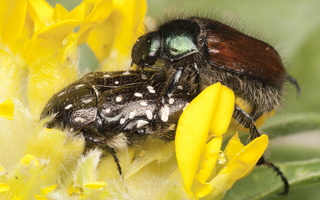 Oxythyrea funesta · kvapusis auksavabalis
Oxythyrea funesta · kvapusis auksavabalis
-
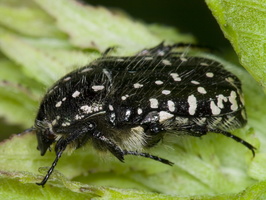 Oxythyrea funesta · kvapusis auksavabalis
Oxythyrea funesta · kvapusis auksavabalis
-
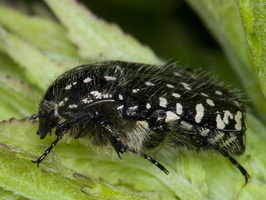 Oxythyrea funesta · kvapusis auksavabalis
Oxythyrea funesta · kvapusis auksavabalis
-
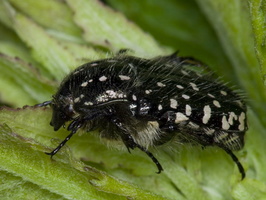 Oxythyrea funesta · kvapusis auksavabalis
Oxythyrea funesta · kvapusis auksavabalis
-
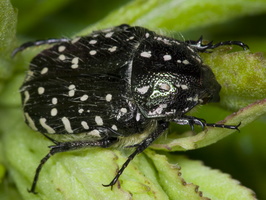 Oxythyrea funesta · kvapusis auksavabalis
Oxythyrea funesta · kvapusis auksavabalis
-
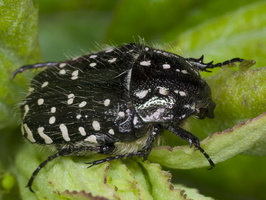 Oxythyrea funesta · kvapusis auksavabalis
Oxythyrea funesta · kvapusis auksavabalis
-
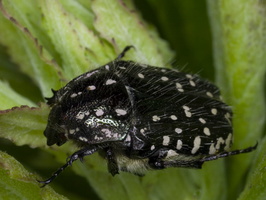 Oxythyrea funesta · kvapusis auksavabalis
Oxythyrea funesta · kvapusis auksavabalis
-
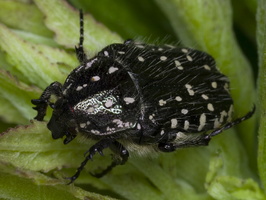 Oxythyrea funesta · kvapusis auksavabalis
Oxythyrea funesta · kvapusis auksavabalis
-
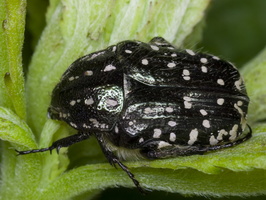 Oxythyrea funesta · kvapusis auksavabalis
Oxythyrea funesta · kvapusis auksavabalis
-
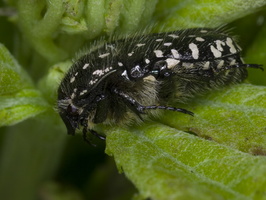 Oxythyrea funesta · kvapusis auksavabalis
Oxythyrea funesta · kvapusis auksavabalis
-
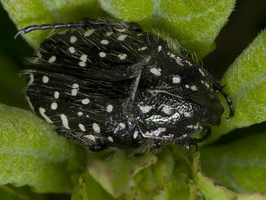 Oxythyrea funesta · kvapusis auksavabalis
Oxythyrea funesta · kvapusis auksavabalis
-
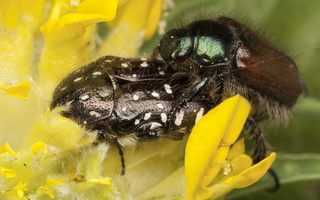 Phyllopertha horticola · grikinukas
Phyllopertha horticola · grikinukas
-
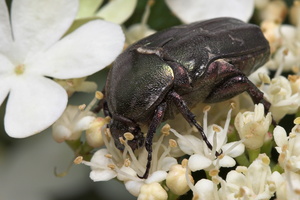 Protaetia cuprea ? · dėmėtasis auksavabalis
Protaetia cuprea ? · dėmėtasis auksavabalis
-
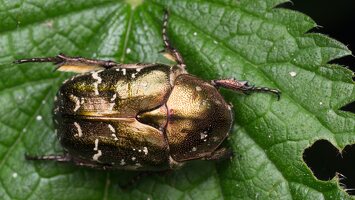 Protaetia cuprea · dėmėtasis auksavabalis
Protaetia cuprea · dėmėtasis auksavabalis
-
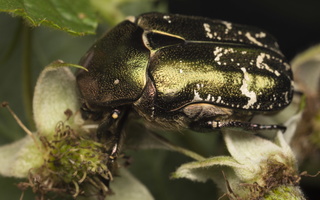 Protaetia cuprea · dėmėtasis auksavabalis
Protaetia cuprea · dėmėtasis auksavabalis
-
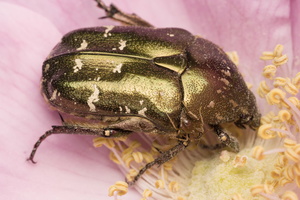 Protaetia cuprea · dėmėtasis auksavabalis
Protaetia cuprea · dėmėtasis auksavabalis
-
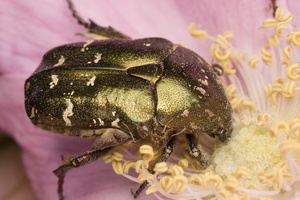 Protaetia cuprea · dėmėtasis auksavabalis
Protaetia cuprea · dėmėtasis auksavabalis
-
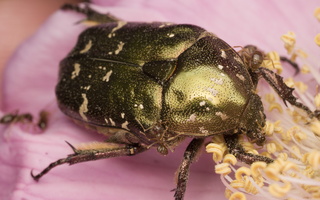 Protaetia cuprea · dėmėtasis auksavabalis
Protaetia cuprea · dėmėtasis auksavabalis
-
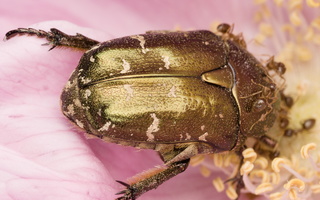 Protaetia cuprea · dėmėtasis auksavabalis
Protaetia cuprea · dėmėtasis auksavabalis
-
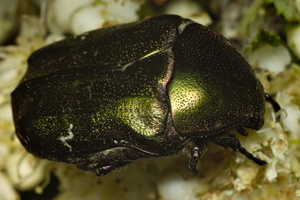 Protaetia cuprea · dėmėtasis auksavabalis
Protaetia cuprea · dėmėtasis auksavabalis
-
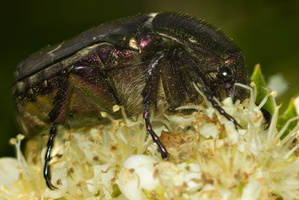 Protaetia cuprea · dėmėtasis auksavabalis
Protaetia cuprea · dėmėtasis auksavabalis
-
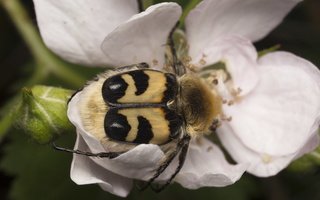 Trichius fasciatus · raštuotasis auksavabalis
Trichius fasciatus · raštuotasis auksavabalis
-
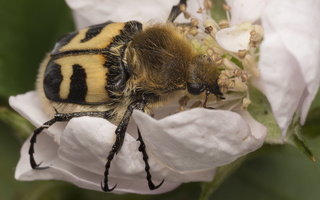 Trichius fasciatus · raštuotasis auksavabalis
Trichius fasciatus · raštuotasis auksavabalis
-
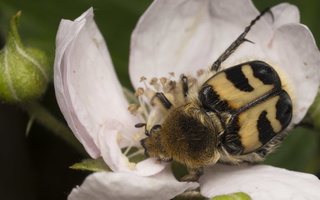 Trichius fasciatus · raštuotasis auksavabalis
Trichius fasciatus · raštuotasis auksavabalis
-
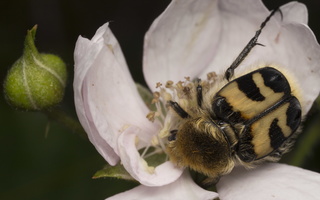 Trichius fasciatus · raštuotasis auksavabalis
Trichius fasciatus · raštuotasis auksavabalis
-
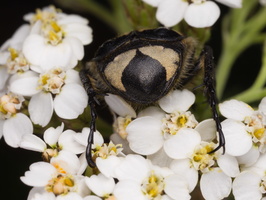 Trichius fasciatus · raštuotasis auksavabalis
Trichius fasciatus · raštuotasis auksavabalis
-
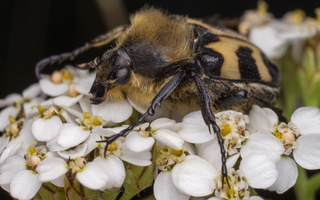 Trichius fasciatus · raštuotasis auksavabalis
Trichius fasciatus · raštuotasis auksavabalis
-
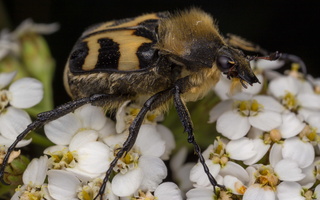 Trichius fasciatus · raštuotasis auksavabalis
Trichius fasciatus · raštuotasis auksavabalis
-
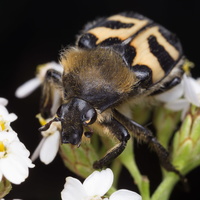 Trichius fasciatus · raštuotasis auksavabalis
Trichius fasciatus · raštuotasis auksavabalis
-
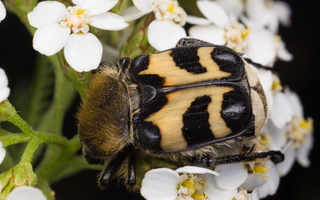 Trichius fasciatus · raštuotasis auksavabalis
Trichius fasciatus · raštuotasis auksavabalis
-
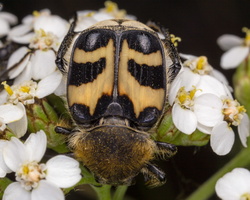 Trichius fasciatus · raštuotasis auksavabalis
Trichius fasciatus · raštuotasis auksavabalis
-
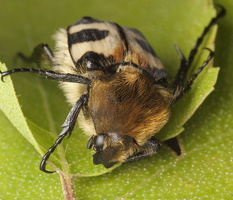 Trichius fasciatus · raštuotasis auksavabalis
Trichius fasciatus · raštuotasis auksavabalis
-
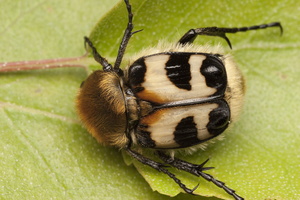 Trichius fasciatus · raštuotasis auksavabalis
Trichius fasciatus · raštuotasis auksavabalis
-
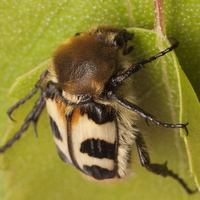 Trichius fasciatus · raštuotasis auksavabalis
Trichius fasciatus · raštuotasis auksavabalis
-
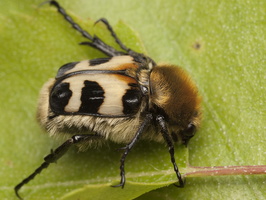 Trichius fasciatus · raštuotasis auksavabalis
Trichius fasciatus · raštuotasis auksavabalis
- flower chafers, flower beetles, flower scarabs
- Rosenkäfer
- auksavabaliai
- rožvaboļu dzimta
- kruszczycowate
Formerly Cetoniinae, subfamily of Scarabaeidae.
This large and diverse subfamily includes many spectacularly-coloured and metallic species. The subfamily includes about 4000 described species and there are many more to be described, diversity is greatest in Old World tropical and subtropical regions and falls sharply with increasing latitude, the New World fauna includes about 300 species, of which more than 100 occur in North America, and Brazil, with more than 70 species, is probably the most diverse Neotropical country. With the general exception of oceanic islands, including New Zealand but definitely not Madagascar, and higher latitudes in both hemispheres, the subfamily is represented worldwide.
The European fauna is small compared with adjacent areas of Africa and Asia; it includes 48 species of 11 genera and 3 tribes, and of these only 7 species of 5 genera and 2 tribes extend to the UK. Valgini is represented by a single widespread Eurasian species, Valgus hemipterus (Linnaeus, 1758) which is present on many Mediterranean islands and extends north to the southern Baltic countries, and since the 1980’s has become established in North America. Trichiini is represented in Europe by 2 (from a total of 5) subtribes; Osmodermatina Schenkling, 1922 includes 2 species of Osmoderma Lepeletier & Serville, 1828, and Trichiina includes 3 species of Gnorimus Lepeletier & Serville, 1828 and 4 species of Trichius Fabricius, 1775. Cetoniini is represented by 2 (of about 10) subtribes; Cetoniina Leach, 1815 includes 5 genera, Aethiessa Burmeister, 1842 (1 sp.), Cetonia (4 spp.), Heterocnemis Albars, 1852 (1 sp.), Protaetia (24 spp.) and Tropinota Mulsant, 1842 (2 spp.) and Leucocelina Kraatz, 1882 includes 2 genera, Oxythyrea (6 spp.) and Paleira Reiche, 1871 (1 sp.).
This subfamily includes some of the largest and most massive of all beetles; males of some species of Goliathus exceed 100 mm and are otherwise very broad and heavily sclerotized, and many tropical species exceed 50 mm but the majority are smaller, between 15 and 30 mm in length; the smallest and largest European species are Valgus hemipterus (5-10 mm) and Osmoderma eremita (Scopoli, 1763) (24-30 mm).
Colour and pattern vary enormously although in northern temperate regions most are black or various shades of green, metallic or otherwise, and most lack distinct patterns-species of Trichius or the American Euphoria fascifera LeConte, 1861 being notable exceptions-and many species in warmer regions are also black or otherwise drab. Yellow, green and coppery or violet are common in tropical species, blue much less so, and many are polychromic in the sense that they may appear yellow, green or blue depending on the angle from which they are viewed, most patterns consist of contrasting maculae, streaks or margins and the straightforward bicoloured forebody/elytra arrangement seen in many families is unusual, the size and extent of maculae and spots can vary widely in a single population of a single species and in some e.g. species of Marmarina Kirby, 1827, the entire body is covered in tiny contrasting spots of colour. A good idea of colour and pattern variation can be seen in the genus Pachnoda Burmeister, 1842, these are commonly known as sun-beetles. Old World Goliath beetles are very varied but most are easily recognized by their distinctive pattern of pale lines on a dark red or brown background, and some Neotropical members of the genus Gymnetis MacLeay, 1819 must surely qualify among the most beautifully coloured and patterned of all beetles. Most species are largely glabrous, and pubescence is more common on the underside or the legs but some tropical groups e.g. species of the South African genus Trichostetha Burmeister, 1842, most of which live at high altitudes, have long but sparse pubescence while members of the Australian genus Trichaulax Kraatz, 1880 have lines of dense pubescence on the elytra and Afrotropical species of the large genus Microvalgus Kraatz, 1883 have distinct scales both dorsally and ventrally.
Shape also varies hugely but typically they are broadly-oval and rather flattened dorsally, the head is narrow and the pronotum transverse, widest about the base and narrowed to a rounded anterior margin, the elytra are broad and parallel-sided with distinct shoulders and leave the abdominal apex exposed. More technically the group may be diagnosed as follows. Head small, usually with large convex eyes and lacking temples (from above), the vertex is simply convex, the frons and clypeus simple or variously impressed and the labrum weakly sclerotized or membranous and usually not visible. In most the mandibles are small, relatively diminutive and usually hidden under the clypeus or other mouthparts, and the eye-canthus is long and narrow. Antennae 10-segmented, short and distinctly clubbed; the scape is broadened and variously modified e.g. in the Cremastocheilini it is dilated into a broad triangular plate, the pedicel is smaller and the flagellum 5-segmented, the club consists of 3 elliptical and closely approximated segments which in tropical species may be very elongate. Pronotum very variable but usually transverse to quadrate and with distinct lateral borders; typically somewhat semi-circular with a sinuate basal margin but in many exotic forms the overall shape is transverse-pentagonal or hexagonal, often with the basal half parallel-sided or nearly so, in most the basal margin is sinuate and closely approximated to a large or very large scutellum but in Gymnetini it is produced back medially into a long lobe and the scutellum is not visible. The pronotal surface is usually smoothly convex but in some groups e.g. among the Valgini there are patterns of impressions or callosities. The prosternum is very variable but is typically smooth with closed and transverse, closely approximated coxal cavities placed in or towards the anterior half, in some groups there is a well-developed process between the coxae and the anterior margin is variously projecting. The mesosternum is short with transverse coxal cavities separated by an anterior projection of the metasternum and well-developed mesepimera, the metasternum is long and variously produced, sometimes very strongly so, into a broad lobe which projects forward between or above the middle coxae (this is very strongly developed in some groups e.g. Goliathini), the metepimera are long and narrow and the posterior margin rarely projects far between the hind coxae. In most the hind coxae are quite closely approximated (almost contiguous in Trichiini) and widely transverse, reaching the lateral margin, but in e.g. Valgini they are widely separated with the meso- and metasternal junction lying between. Abdomen usually with 7 distinct sternites and the pygidium exposed and immovably fused to the propygidium. Scutellum long and triangular in Cetoniini, variously shaped in other tribes. Elytra usually broad, rather parallel-sided and flattened dorsally, in most the shoulders are well-developed and the apical margin in continuously rounded, they mostly lack distinct striae, although in many there is a variously developed sutural stria and many have longitudinal impressions or ridges and in some groups the areas between these are variously pubescent. A well-developed post humeral emargination which allows the flight with the elytra closed is present in Cetoniini and Gymnetini but absent or less strongly developed in other tribes, this is coupled with an ascending and convex mesepimeron which is usually visible behind the posterior pronotal angles from above, again this is usually absent or wanting in other tribes. The legs are usually long and always very robust; the front coxae are convex to some extent and often strongly conical, the trochanters are long and obliquely connected to the femora which are usually broadly rounded and smooth although in some tropical groups they have apical projections which fit into basal internal angles on the tibiae when the legs are retracted. In many species the hind femora are larger or more developed than the others, an extreme example of this being seen in the Neotropical genus Blaesia Burmeister, 1842 (Gymnetini). The tibiae are long and well-sclerotized, the front tibiae often the longest, as seen in some Mexican Neoscelis Schoch, 1897, and usually with various external teeth or at least tubercles or spines towards the apex, the middle and hind tibiae also have external teeth or ridges but usually only one or two sets and there is often a longitudinal series of punctures along the inner margin, the inner apical angle has two long spurs and the outer angle may be produced into a ridge or armed with spines. The tarsi are usually 5-segmented although in the Afrotropical subtribe Trichoplina Krikken, 1985 (Cremastocheilini) they are 3-segmented, with all segments simple and robust, and all have paired claws which are nearly always more-or-less equal in length. This description is very general and the group varies hugely in detail but with a little experience the majority of species are readily recognized, among UK chafers they may be distinguished by exposed pygidium, paired and equal claws which lack lateral teeth or lobes, and paired hind tibial spurs.
Sexual dimorphism is a general feature in many exotic groups, usually the head, pronotum and/or appendages are modified, usually in the male, and this can take extreme forms in tropical species where the fronto-clypeal area may be produced into a very large simple or bifurcate horn and the lateral margins of the clypeus produced into horns or plates, these modifications are common and are a general feature of some groups e.g. Goliathini, where the African Mecynorrhina polyphemus (Fabricius, 1781) is a good, if extreme, example, and some Chinese species of Dicronocephalus Hope, 1831 (Dichronocaphalina Krikken, 1984, Goliathini), males of which are known as elk-horn scarabs. The pronotum may be dimorphic in shape or proportions but structurally is rarely very different between the sexes, the Neotropical Pantodinus klugi Burmeister, 1847 (Incaina Burmeister, 1842, Trichiini), the so called ‘wrestling rhinoceros beetle’, being an exception with males having very large lateral projections.
Larvae
Larvae are of typically scarabaeiform; C-shaped, large and fleshy, usually pale creamy coloured with the head and legs well-sclerotized and the spiracles usually visible as a dark spot on the lateral side of the thoracic and abdominal segments, they generally live among decaying organic matter and when fully grown are larger than the adults, most develop over 2 or 3 years and pupate in the autumn or spring in a oval cell composed of soil particles or fine fragments of host material. Most are glabrous or finely pubescent below and some may have darker patches to the dorsal surface of some thoracic or abdominal segments; cetonids larvae may be distinguished from those of other UK Scarabaeoidea by the following combination of features. Body uniformly curved; without the anterior part of the abdomen swollen as seen in Scarabaeinae, middle coxae without a stridulatory file, as in Lucanidae, tarsal claws short, antennae with 4 or 5 segments and lacking a sensillum at the apex of the penultimate segment, anus transverse and not angulate and the raster-a series of short and robust spines on the ventral surface of the last abdominal segment-consisting of 2 longitudinal rows of spines and sometimes also a patch of very short spinules, in the closely similar larvae of Rutelinae the raster consists of longitudinal rows of large spines surrounded by large patches of spines.
Ecology
The greatest diversity of species occurs in tropical forests and despite the fact that adults of many species are good fliers and may occur in huge numbers, many have sedentary and protracted larval stages and a limited distribution and so are vulnerable to environmental abuse, thus it is likely that many species are under pressure from commercial deforestation and are likely to either decline or vanish altogether, the likelihood of this happening can only be imagined by researching the true extent of tropical forest abuse which, notwithstanding any impression given in the press, has increased alarmingly over recent decades and continues to do so. Adults of most species are diurnal, they feed on the nectar and pollen of a range of flowers, and most swarm in large numbers as they do so; this can still be seen in the UK when Cetonia aurata (Linnaeus, 1758) swarm on the warmest early summer days around flowering elder shrubs etc. Many also feed on fruit both as adults and larvae, in tropical regions any fallen or damaged fruit might quickly become covered in a mass of feeding chafers, they are also attracted to sap and may be attracted to traps in large numbers with various fermenting fruits and sugar solutions. Larvae mostly develop over several years (at least in northern temperate regions) among decaying vegetable matter, they are saprophagous or saproxylophagous and commonly occur in soil, tree cavities or among decaying wood, some exotic species develop in dung and one African genus is known to be a parasite in Heliocopris subterranean brood chambers, depositing their eggs in their host’s dung balls. Some species of Cremastocheilini are associated with social hymenoptera, and in some the larvae are known to develop within nests and prey upon their host’s larvae. Unlike most other chafer groups only a very few cetonids are of any economic importance, the adults may damage flowers or leaves etc. and the larvae may stunt the growth of crops by damaging roots and stems but they are generally classified as minor pests. UK species are very typical of the group as a whole e.g. larvae of C. aurata develop among decaying vegetation in the soil or among soft decaying wood while Gnorimus nobilis (Linnaeus, 1758), G. variabilis (Linnaeus, 1758), Trichius fasciatus (Linnaeus, 1758), T. gallicus Dejean, 1821 and Oxythyrea funesta (Poda von Neuhaus, 1761) are associated with decaying deciduous trees. Larvae of Protaetia cuprea (Fabricius, 1775) are usually associated with nests of wood ants (Formica spp.) while adults feed on fruit and at sap.